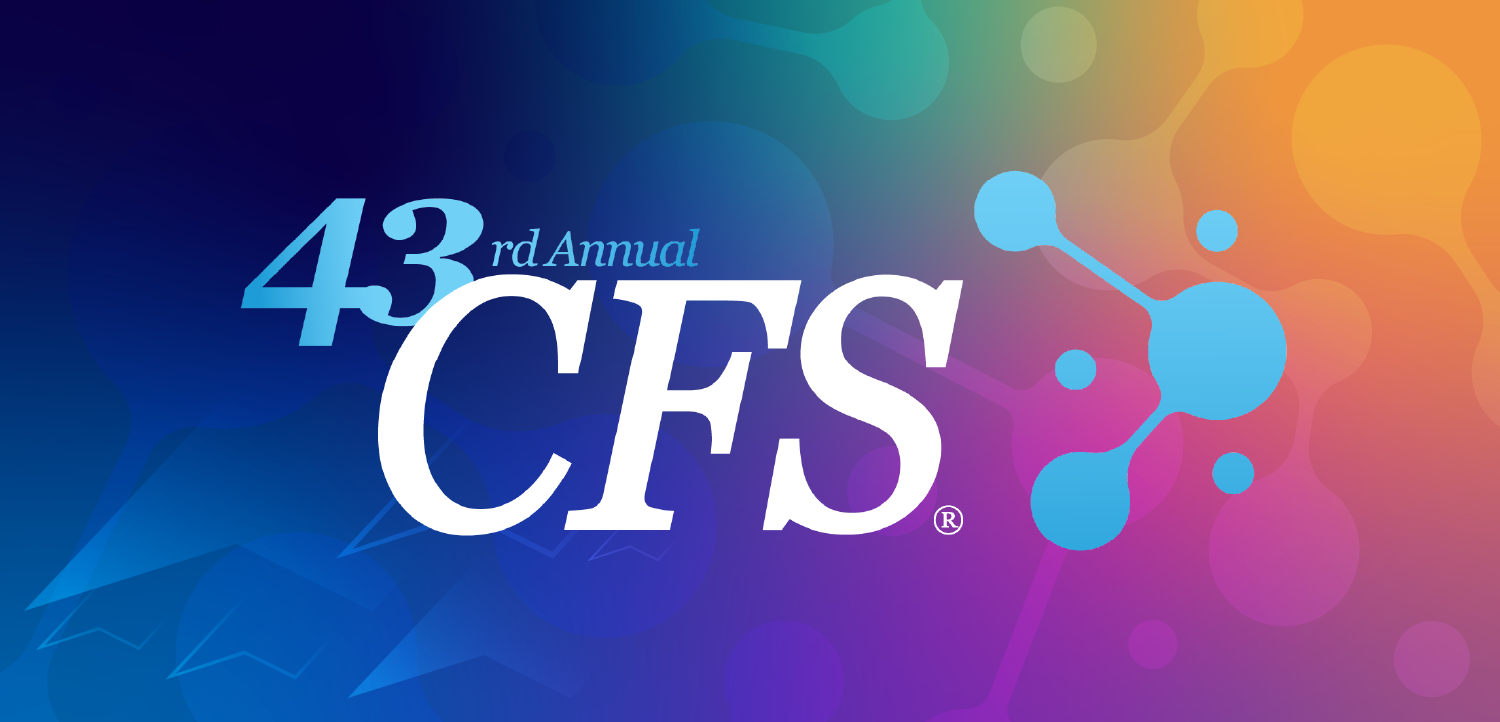
Menopause Treatment in Real-World Practice: Ob/Gyn Anna Christine Cochrane, MD Highlights New Research
Cochrane shares her own research findings on how clinician specialty shapes menopause care and highlights gaps in hormone therapy prescribing.
Despite the fact that up to 80% of women experience menopause-related symptoms, gaps in medical education and clinical practice persist.1 Many clinicians report limited exposure to menopause management during residency, leaving them underprepared to provide evidence-based care.
Anna Christine Cochrane, MD, explored this issue through her own research. In an interview with Patient Care© at The Menopause Society 2025 Annual Meeting, she described a study of women aged 40 to 55 who had outpatient visits across family medicine, internal medicine, obstetrics/gynecology, or endocrinology at a large academic institution. Using menopause-related diagnostic codes to identify eligible participants, Cochrane analyzed treatment patterns, looking at prescriptions for systemic and vaginal estrogen and FDA-approved nonhormonal therapies such as SSRIs and SNRIs.
Cochrane divided her findings by patient and prescriber characteristics that appeared associated with any prescription to treat menopausal symtpoms and type of prescription.
In the short video segment above, she highlights the study methods and the findings by clinician specialty. For example, the analysis found that OB/GYNs were more likely than other clinicians to prescribe hormone therapy, likely because "OB/GYNs are probably more comfortable with hormone therapy just because we are more likely to have pursued extra training or to receive training in the first place about hormones," Cochrane commented. Patients seeing OB/GYNs were also more likely to receive any treatment at all, a finding that reflects both training differences and real-world prescribing behavior, she added.
The following transcript has been lightly edited for flow.
Would you describe the study and the population, then?
Dr Cochrane: Sure. What I did was look at all women aged 40 to 55 who had an outpatient encounter within a large academic institution in family medicine, internal medicine, obstetrics/gynecology, or endocrinology. My denominator was anyone with a specific menopause-related diagnostic code—there are about nine of these, and they’re listed in my poster. I used these codes to avoid capturing noise from overlapping diagnoses.
Among women who had one of those codes assigned during the visit, I evaluated who received any prescription treatment. I categorized treatments as systemic estrogen (my proxy for systemic hormone therapy), vaginal estrogen, and SSRIs. I also included SNRIs in that category to reflect the three FDA-approved medication classes for menopausal symptoms.
And what, in your mind, were the most striking findings about differences in treatments by specialty?
Dr Cochrane: I found that OB/GYNs were much more likely to prescribe hormone therapies—both systemic and vaginal estrogen—than non-OB/GYNs, including endocrinologists, family physicians, and internists. In hindsight, that makes sense. OB/GYNs tend to be more comfortable with hormone therapy because we’re more likely to have had dedicated or more extensive training in this area.
But I was a little surprised by the differences in the likelihood of receiving any treatment. Patients who went to an OB/GYN were more likely to receive some form of treatment compared with those who saw other specialties. It was a striking finding—one that, again, makes sense when you consider training differences, but wasn’t necessarily what I expected to see going in.
Newsletter
Enhance your clinical practice with the Patient Care newsletter, offering the latest evidence-based guidelines, diagnostic insights, and treatment strategies for primary care physicians.
































































































































































































































































































